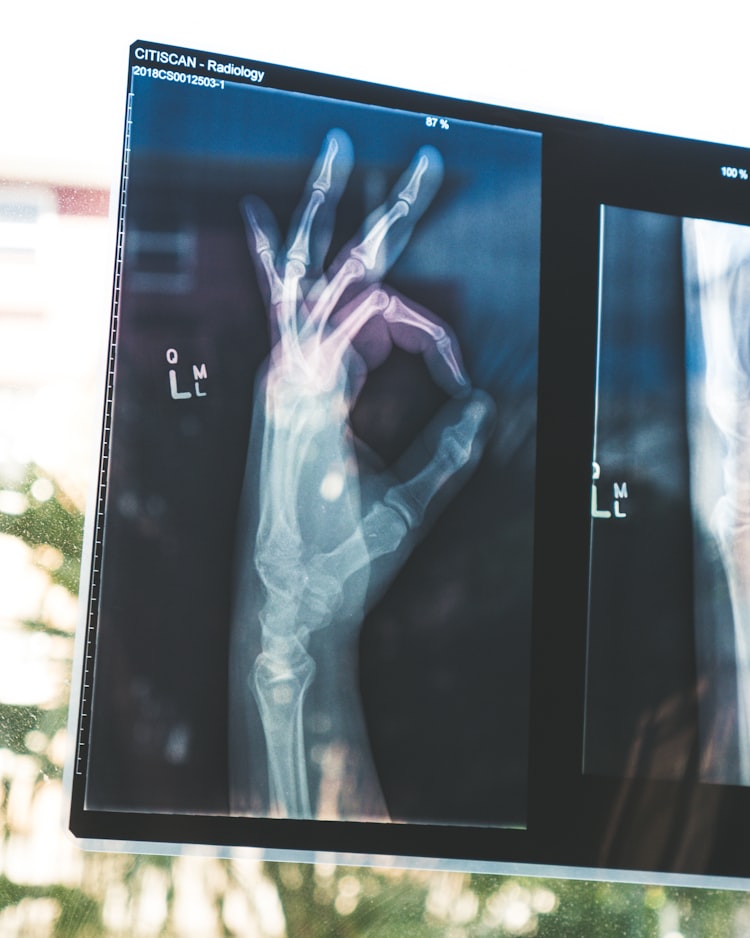Rasayana Chikitsa - Rejuvenation Therapy

In understanding the in’s and out’s of rasayana chikitsa, it is helpful to have a basic understanding of each word. Rasayana translates from the sanskrit words rasa, meaning taste and plasma; and, ayana meaning to enter. Put the two words together, and rasayana “means something that enters the rasa dhatu and improves tissue nutrition” - Dr. Vasant Lad. Chikitsa translates to treatment. In layman's terms, rasayana chikitsa is a rejuvenation therapy. It is important to note that there are many different types of treatments under the Ayurvedic umbrella. Each treatment has its own purpose, practice and benefits. I will cover the purpose, types of rasayanas, and the benefits below based off of Dr. Vasant Lad’s Textbook of Ayurveda: General Principles of Management and Treatment, Volume 3.
If we think of our bodies like a vehicle, it is important that all parts of our car are well maintained. If there is a crack or a scratch on our car that goes without care, it can rust. If there is no oil or gas, our car will simply stop. Rasayana chikitsa keeps our new car, feeling, running, and looking like new. When there is rust, a broken windshield, or other visible damage, it is first important that the damage is fixed before we work on adding polish or shining the windows. Much like a car, our human bodies require regular care and maintenance. If the body is healthy and strong, regular rasayana treatments can be received by the individual. If the body has weakness, ama (toxins) or full on disease, it is first important to treat the disease first. This may require panchakarma (cleansing) techniques. Once the body is free of disease and back to good health then the rejuvenation treatments can begin.
There are four main categories of rasayanas. They include: ahara (dietary), vihara (lifestyle modification), achara (behavioral), and aushadha (herbal remedies). Let’s further explore each category. Each category will target the body in different ways. Understanding where the weakness lies in the body is important to bring the body back to optimal health. Different tissues will respond to appropriate treatments.
Ahara rasayana follows a healthy diet, one that is appropriate to the aggravated doshas, the individual's constitution, and is supportive of the dhatus (tissues). Naturally, as in the case with all Ayurvedic treatments, the treatment is dependent on the dosha. For example, for vata soaked almonds will be beneficial. For pitta, rice pudding with cardamom. For kapha, one example could be peaches.
Vihara rasayana includes productive choices around daily routine. The choices we make on a daily basis can affect multiple tissues. Not living in harmony with the laws of nature and our individual body through unproductive choices only exacerbates the problem. On the flip side, following a regular routine appropriate for the season, the individual and time of day will promote health. Each dosha again has a specific action. Vata responds extremely well to regular oil massage. Pitta is happiest with cool activities - swimming in a cool body of water, drinking cucumber infused water, relaxing out of the sun, in the shade. Kapha is rejuvenated through more vigorous exercise and stimulation.
Achara rasayana relates to an individual's way of being, their state of consciousness, and/or the way they perceive the world around them. It is beneficial for all people to stay calm and positive, living in a sattvic way, to express their individual self, and to be kind. On an individual level, vata, which is governed by movement, will do well to lessen their movement. Vata individuals should focus on staying grounded by minimizing activities and overscheduling, reducing travel and their never-ending creative to-do list. Pitta, which functions as digestion and assimilation, will do well with moderation, letting go of control and reducing the image of perfectionism. Kapha, which is the densest of the three doshas, will do best when they follow practices opposite of vata. Kapha needs stimulation and time in movement. Kapha follows Newton's Law of Motion - an object at rest, stays at rest. Kapha individuals can fall into despair and depression with lack of movement.
Aushadha rasayana is the last category. This refers to Ayurvedic herbs. The rejuvenating herbs should have five qualities and actions. They should increase agni (digestive fire), burn ama (toxins), have a strengthening effect, and be life-supporting and nutritive. If a person has multiple tissues that are affected, herbal remedies will be an important factor for proper healing. Some herbal remedies will be a single herb while others require a combined herbal formula. In general, for vata, haritaki is often used. For pitta, amalaki is often used. For kapha, bibhitaki is often used. The carrier that is used to ingest the herb is also an important consideration and depends on the tissue on is trying to target. Ghee, for example, is generally suitable for most doshas and can travel to each of the seven dhatu layers.
The benefits of this type of treatment are remarkable. They include: slowing the aging process, increasing vitality, improving memory, cultivating clarity and success, balancing prana, tejas, and ojas, and ultimately allow the individual to live a happy, healthy life. Proper rasayana chikitsa targets the tissues and channels affected, can bring in to balance an aggravation in the mind, and allow optimal health within the individual. It is not an instant solution that remains forever, but requires regular attention, adjustments, and practice.





